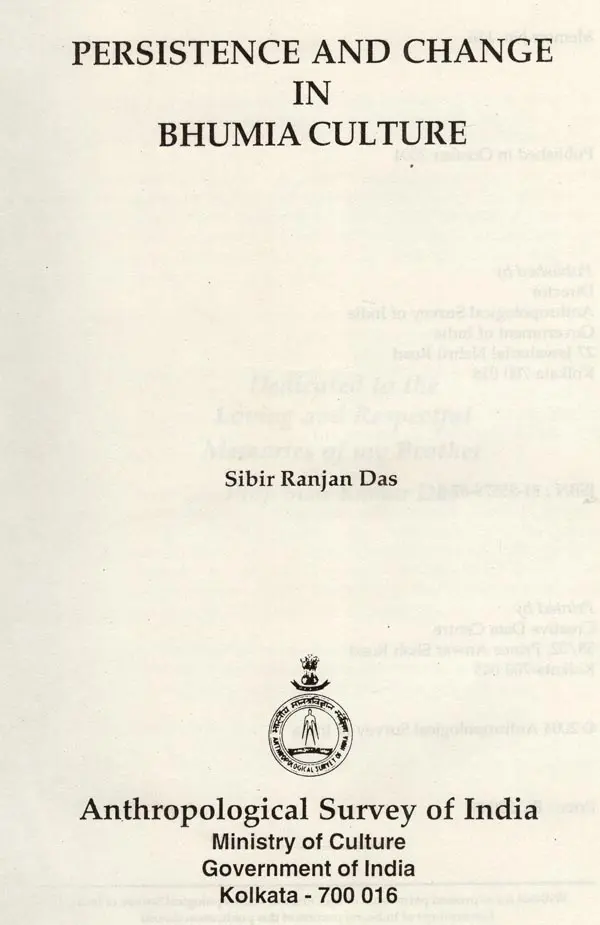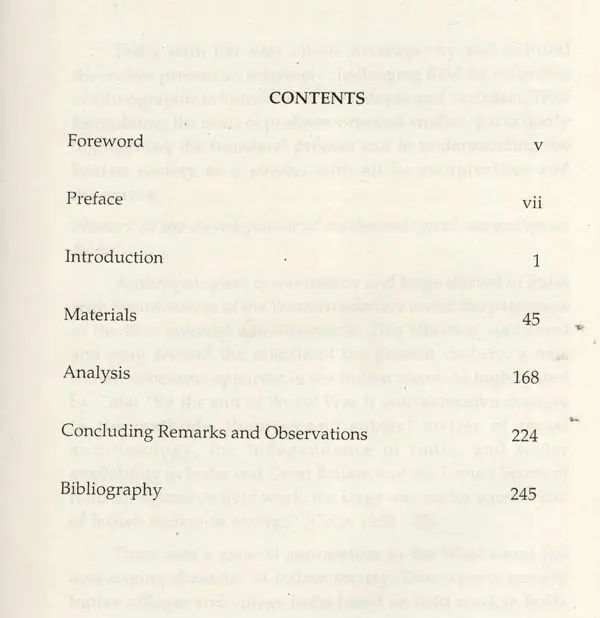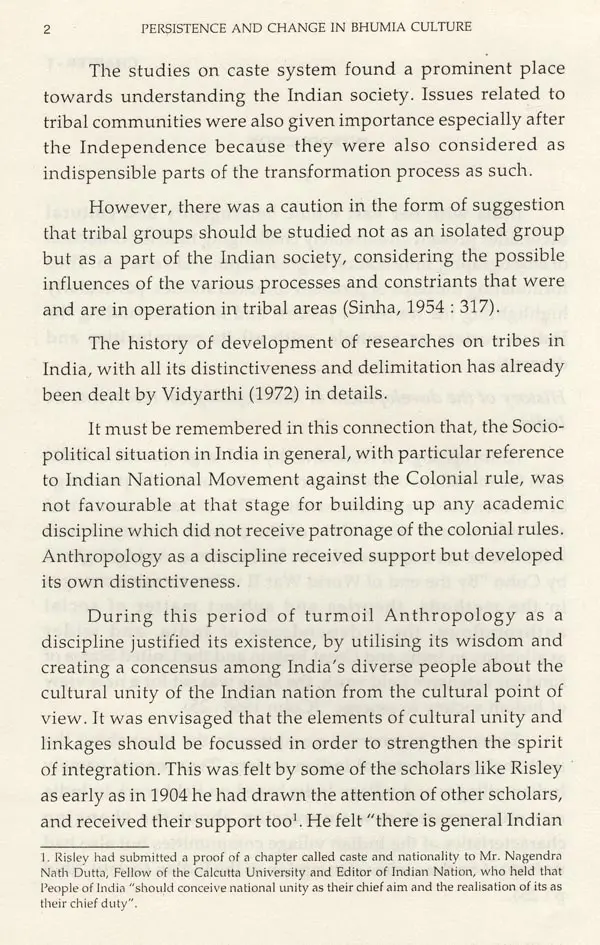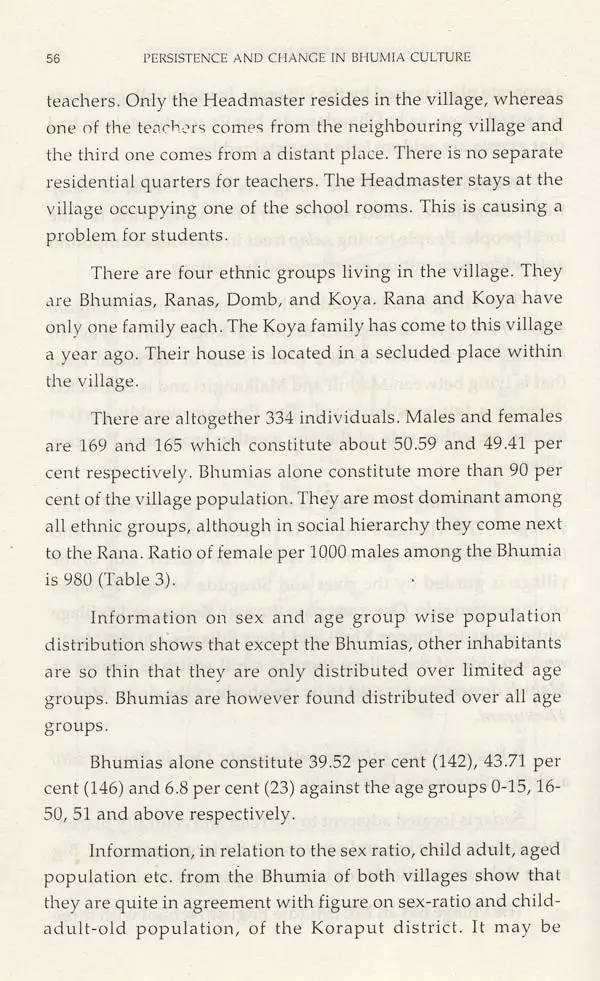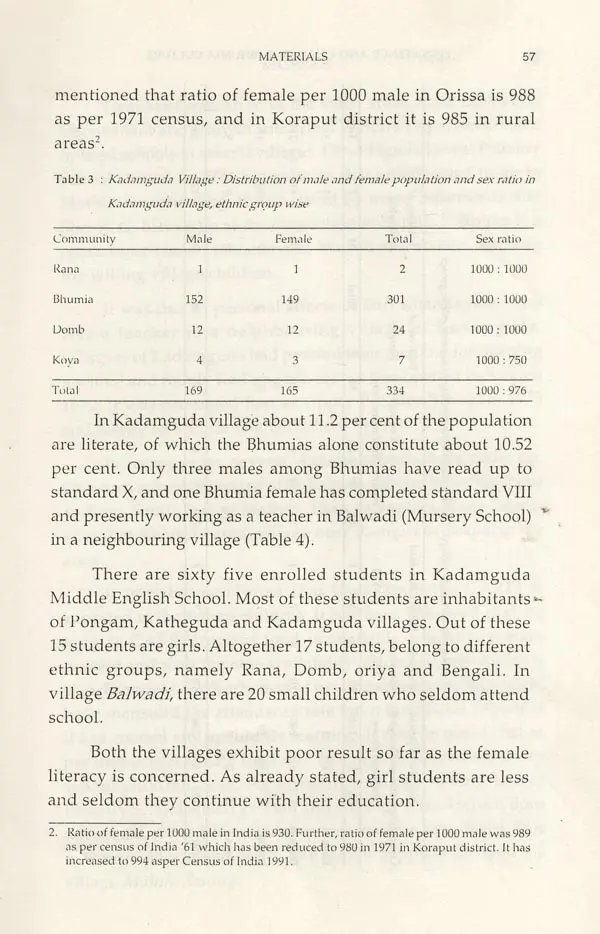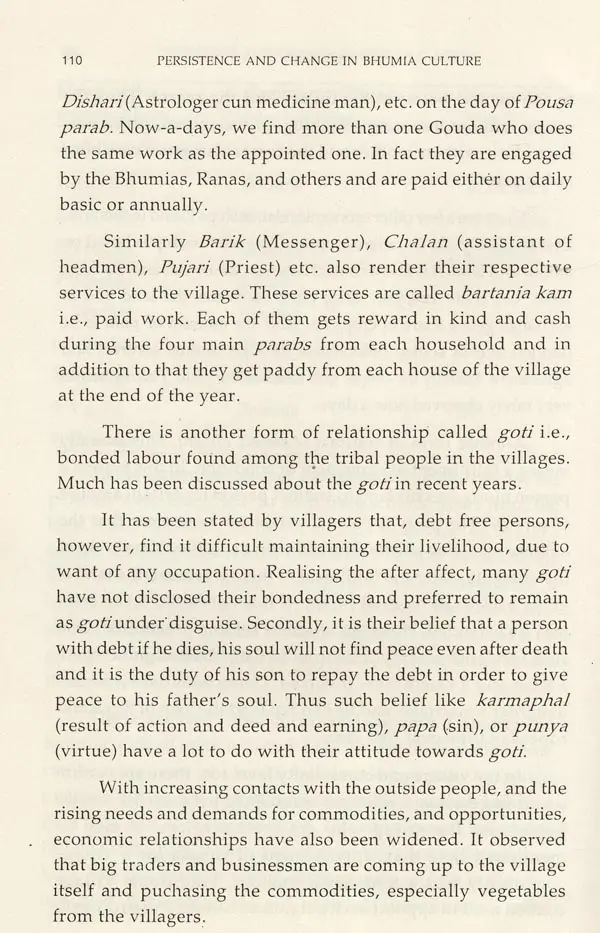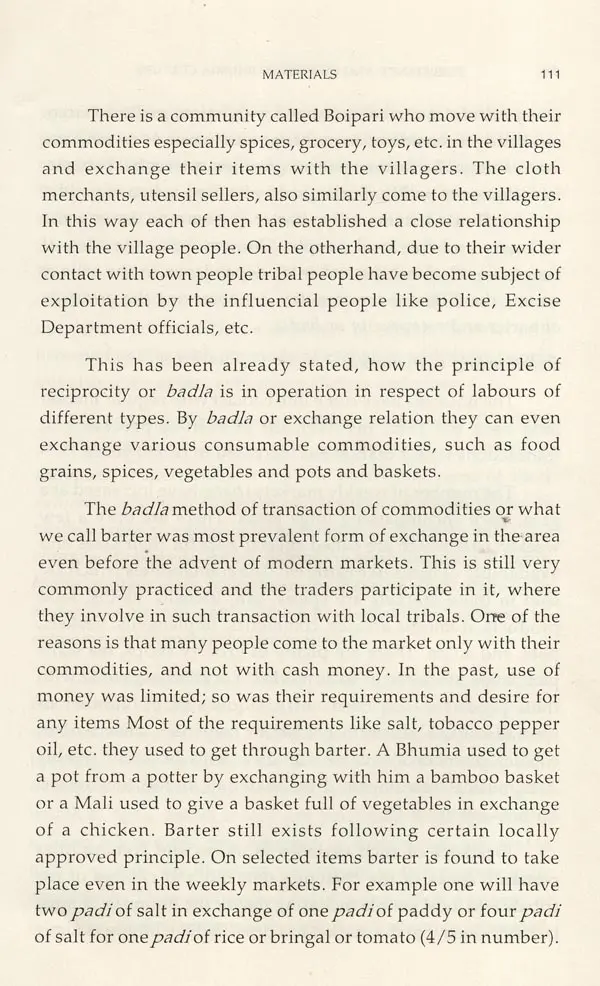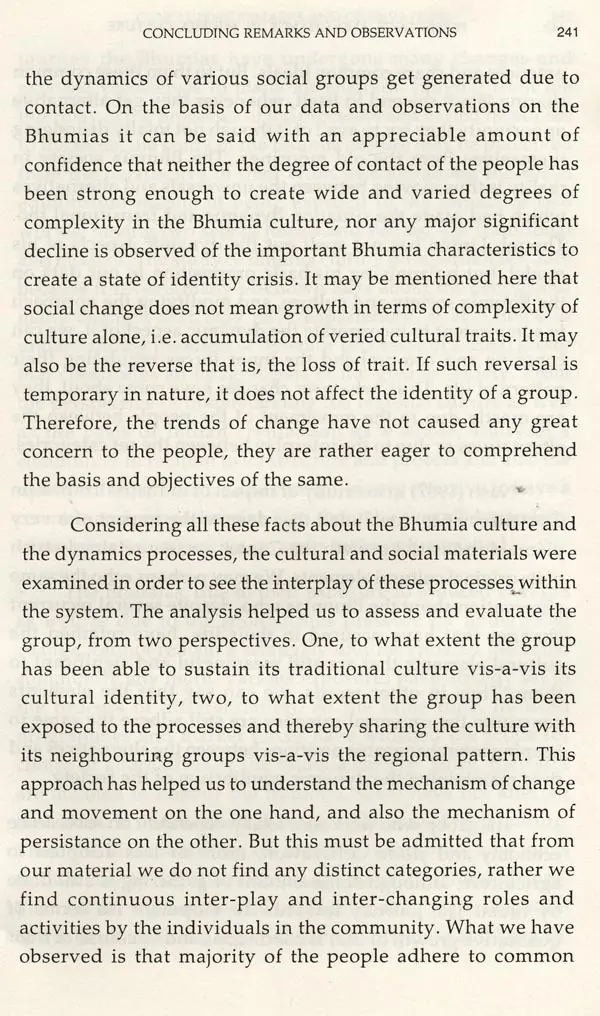About the Book The Bhumias, a not so known tribal community mostly confined to Koraput and recently formed Malkangiri district of Orissa has been selected for study and understanding the dynamic processes of change and persistence. The myth often attached to the rural and tribal society that it resists chnge has been refuted in this study through the empirical database and analysis. Further the issues of change and persistence in a Bhumia situation as dynamic and interchanging process has been examined through a theoretical model proposed by Linton (1936) which suggests that the space allotted for social roles and functions in a given society is never exclusive and permanent rather the space varies and interchanges which explain the processes of the interplay between change and persistence and substantiate our understanding of the dynamics involved in the process of social change.
About the Author Sibir Ranjan Das (1949) born in Kolkata, did his PhD from Calcutta University is currently associated with the Anthro- pological Survey of India. He has extensively travelled in several parts of India and did his fieldwork among the different ethnic group including number of scheduled tribes. His area of interest includes village and urban studies, social chnge, rural development, tribl ethno-, graphy, ethnomusicology and anthropology of tourism.
He is a life member of Indian Anthropological Society, Kolkata. Indian Anthropological Association, New Delhi and associated with number of adademic bodies. He has number of scientific articles published in the reputed. anthropological journals.
Foreword Change in any society is inherent and multi dimensional, though its pace may vary. Change often is so gradual that it escapes our attention, however, it can transform familiar pattern of our behaviour and attitude significantly.
The Indian Society by and large is undergoing change overtime due to number of social, economic and technological forces. The massive culture contact and interactions at varying degrees have also substantially contributed in developing an environment of change. Most people in our society are aware that time is changing. Anthropologists desire to understand how and why time changes and i.e. how culture also changes.
Book's Contents and Sample Pages
